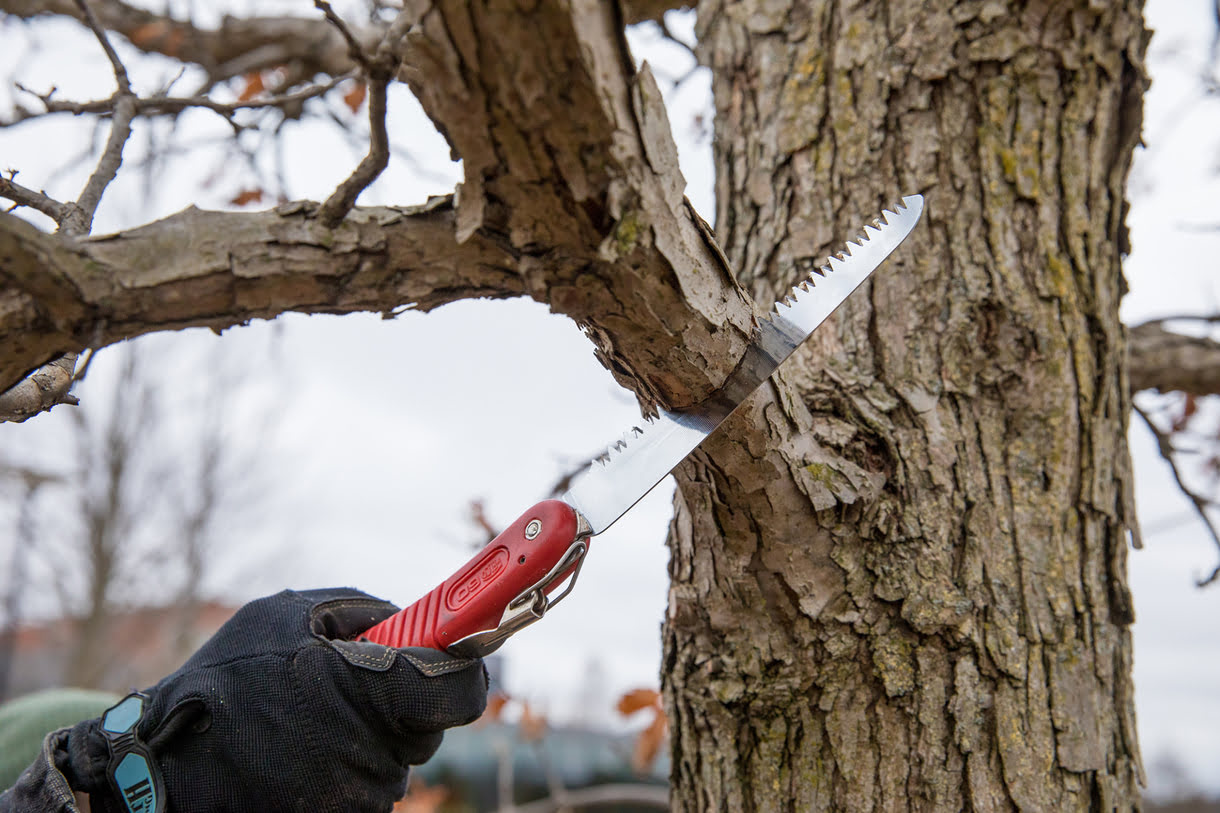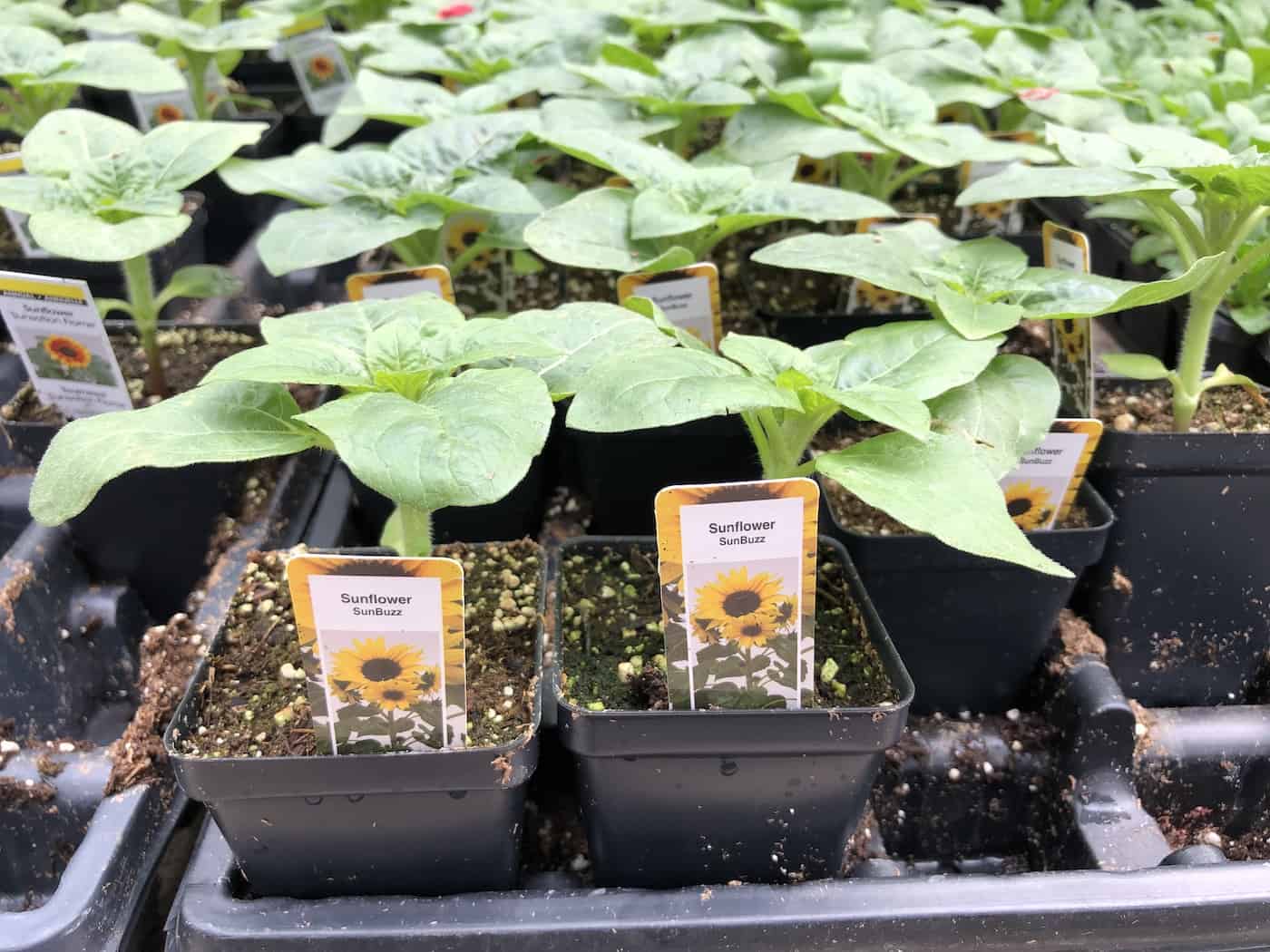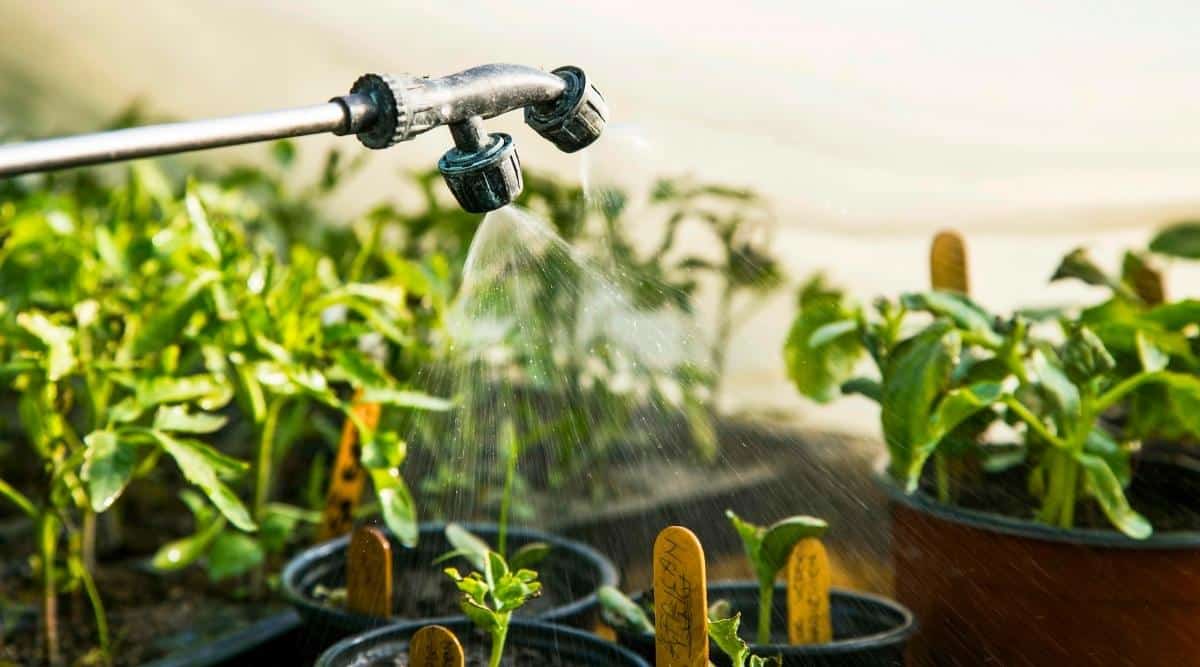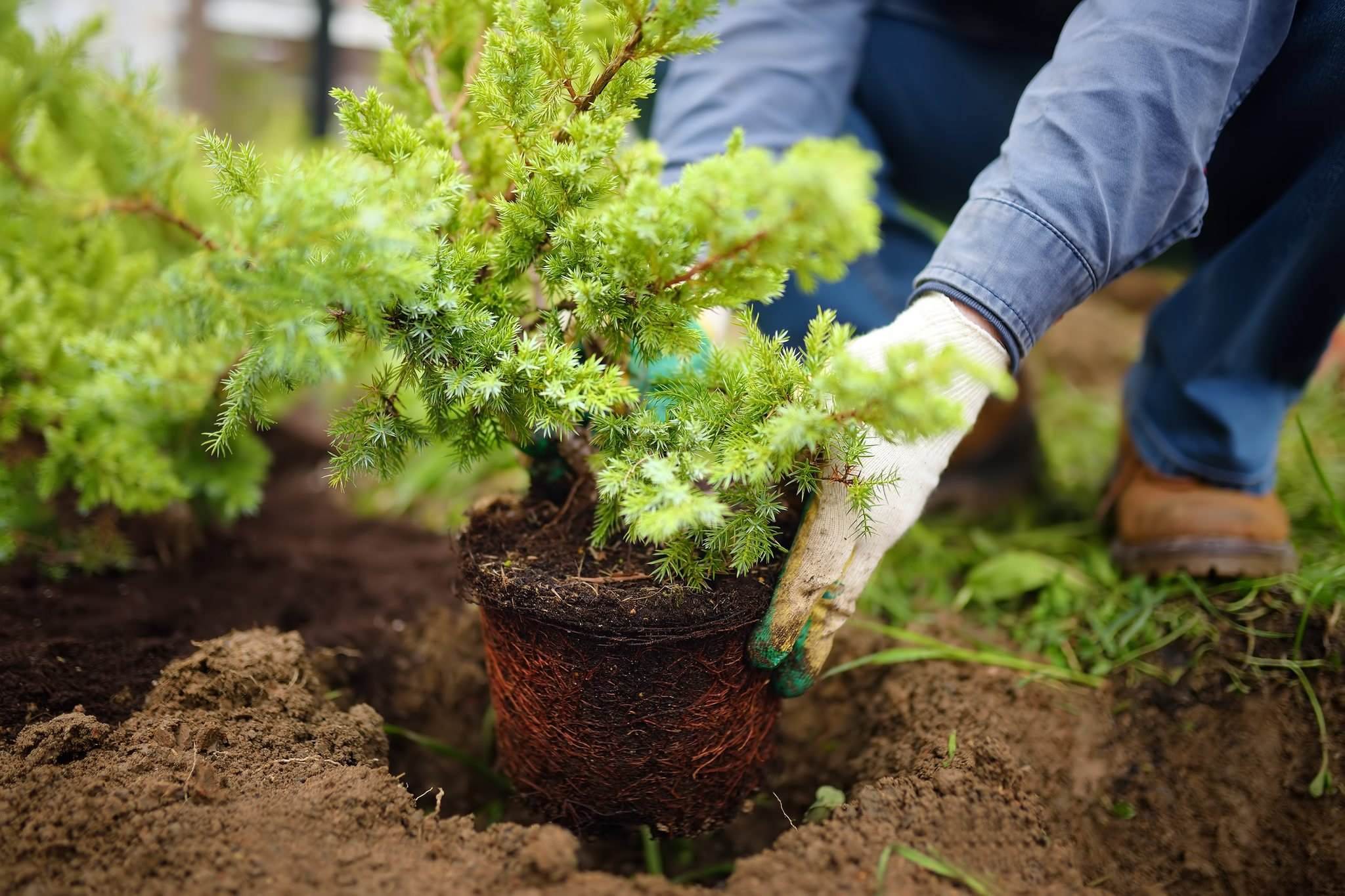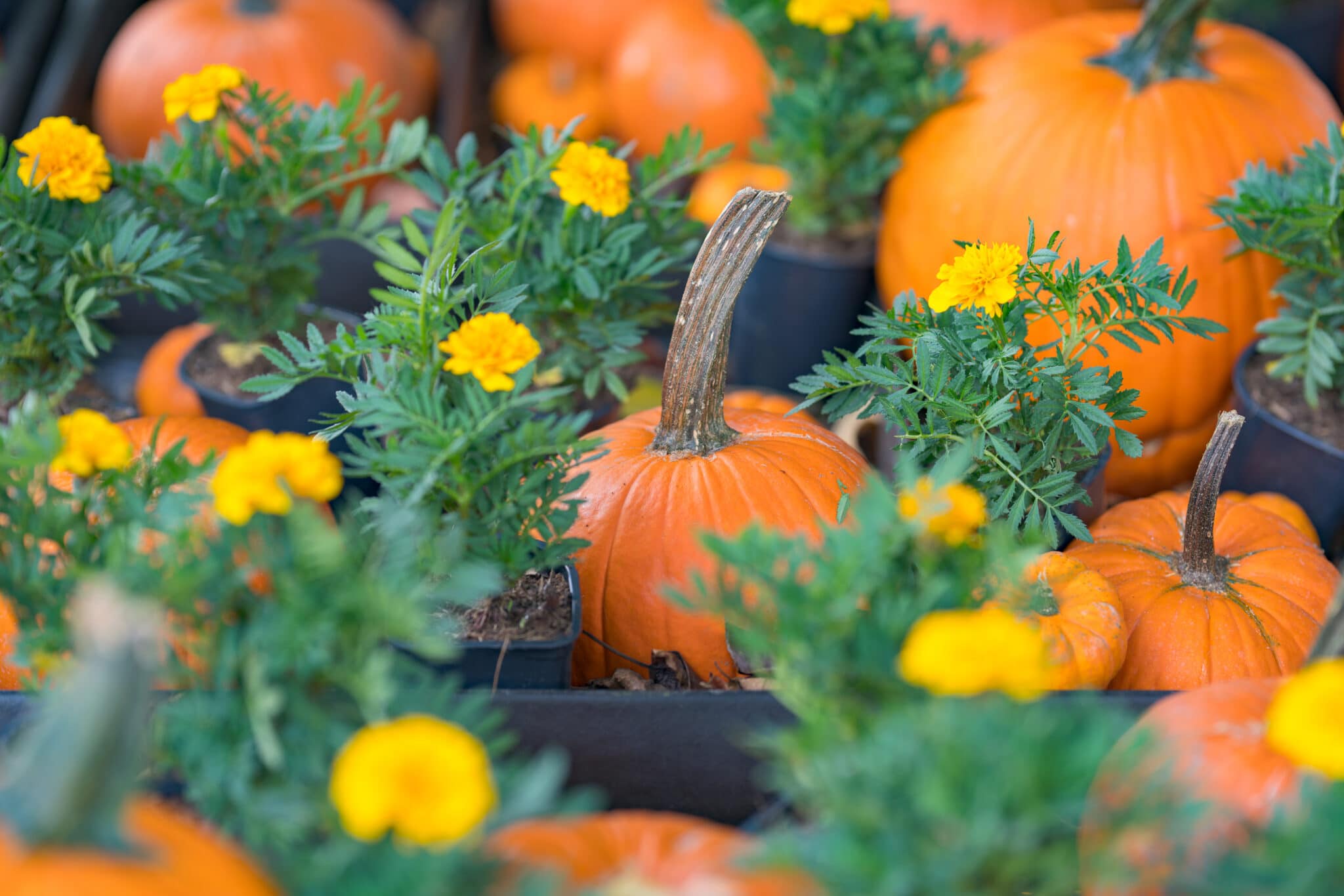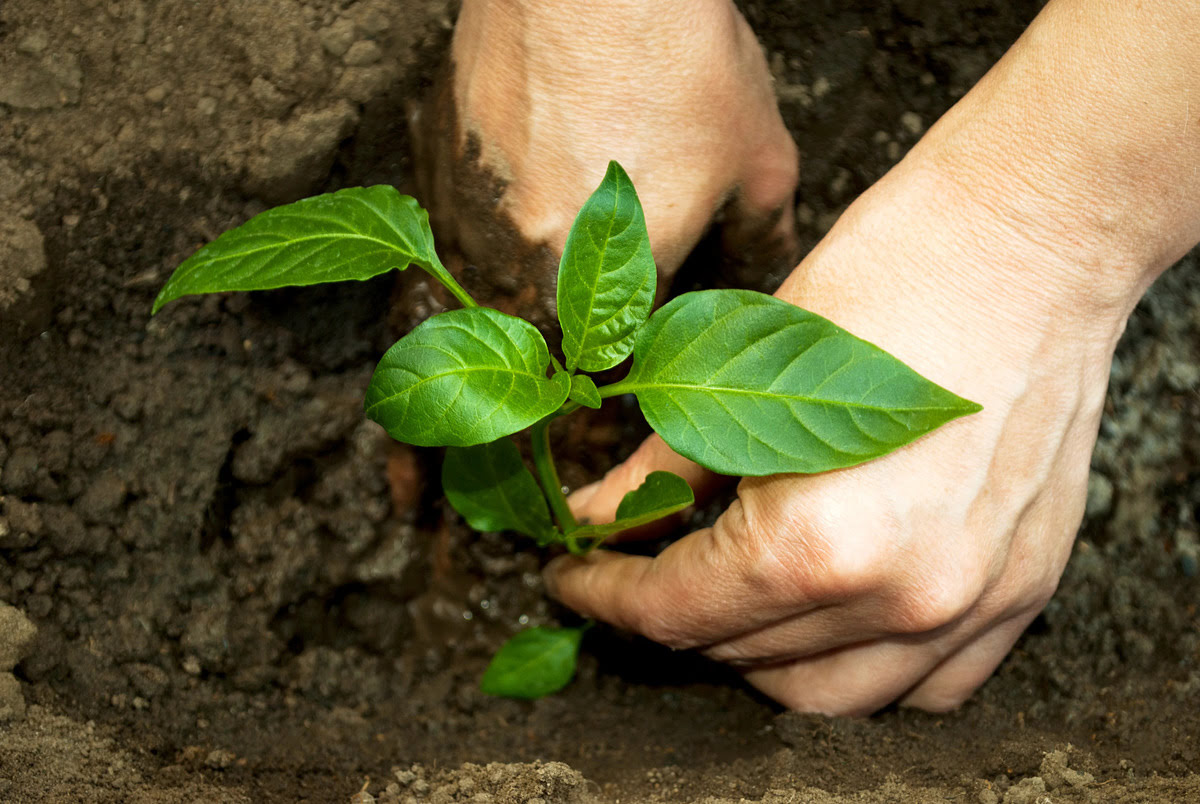Home>Types of Gardening>Edible Gardening>When Should You Start Seedlings Inside
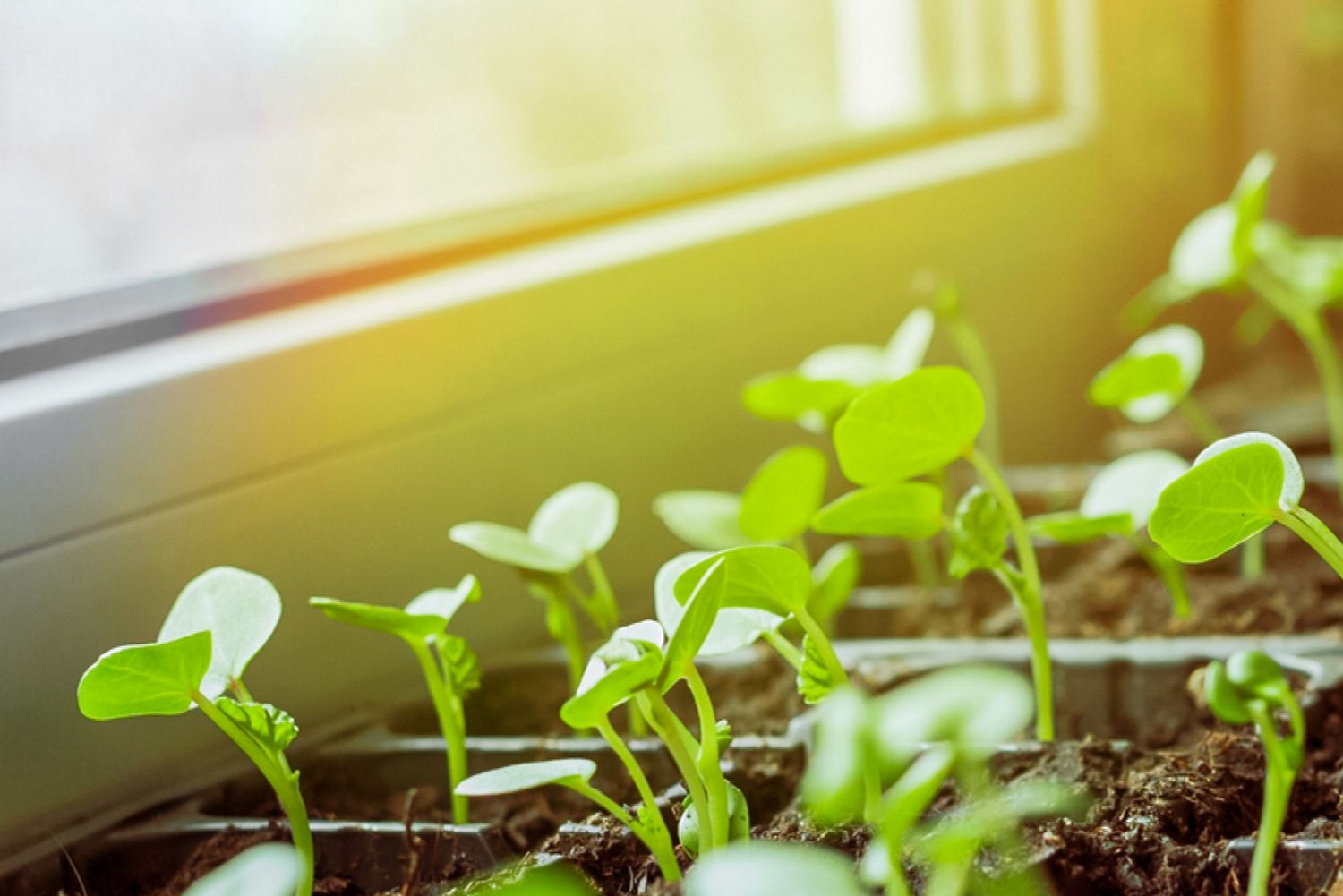

Edible Gardening
When Should You Start Seedlings Inside
Modified: January 22, 2024
Learn the best time to start seedlings indoors for your edible garden. Get expert tips on when to begin your seedlings inside and ensure a successful harvest.
(Many of the links in this article redirect to a specific reviewed product. Your purchase of these products through affiliate links helps to generate commission for Chicagolandgardening.com, at no extra cost. Learn more)
Table of Contents
Introduction
Starting seedlings inside is a rewarding and practical way to kickstart your edible gardening journey. It allows you to get a head start on the growing season, ensuring robust and healthy plants for your garden. Whether you're a seasoned gardener or just starting out, understanding when to begin this process is crucial for success.
By starting seedlings inside, you gain greater control over the early stages of plant development. This can be especially beneficial in regions with shorter growing seasons or unpredictable weather patterns. Additionally, nurturing seedlings indoors provides protection from pests and harsh environmental conditions, giving them the best chance to thrive.
In this comprehensive guide, we will delve into the optimal timing for starting seedlings inside, the benefits of this practice, important factors to consider, and practical tips for getting started. Whether you're growing vegetables, herbs, or fruits, mastering the art of starting seedlings inside will set the stage for a bountiful and successful harvest. Let's explore the ins and outs of this essential technique for edible gardening.
Benefits of Starting Seedlings Inside
Starting seedlings inside offers a multitude of advantages for edible gardeners. One of the key benefits is the ability to extend the growing season, allowing you to enjoy an earlier and potentially more abundant harvest. By initiating the growth of seedlings indoors, you can bypass the limitations imposed by unpredictable weather and colder climates, providing a head start for your plants.
Furthermore, starting seedlings inside enables you to carefully monitor and control the growing conditions from the outset. This includes regulating temperature, light exposure, and moisture levels to create an optimal environment for seedling development. Such attentive care can lead to stronger, healthier plants that are better equipped to withstand the challenges of outdoor transplantation.
Another advantage of indoor seed starting is the ability to protect delicate seedlings from potential threats such as pests, diseases, and adverse weather conditions. By nurturing them in a controlled indoor setting, you can shield the vulnerable seedlings during their most delicate phase, ensuring a higher survival rate and reducing the risk of setbacks in the early stages of growth.
Moreover, starting seedlings inside provides the opportunity to cultivate a wider variety of plants, including those with longer growing seasons or specific temperature requirements. This flexibility allows gardeners to experiment with a diverse range of crops and ornamental plants, expanding their horticultural horizons and enhancing the overall richness of their garden.
Overall, the benefits of starting seedlings inside are manifold, offering greater control, protection, and flexibility in the early stages of plant development. By harnessing these advantages, gardeners can set the stage for a successful and fruitful growing season, reaping the rewards of their careful attention and nurturing efforts.
Factors to Consider
When embarking on the journey of starting seedlings inside, several crucial factors merit careful consideration to ensure the optimal growth and development of your plants. Understanding and addressing these key elements will pave the way for a successful indoor seed starting experience.
- Light: Adequate light is essential for robust seedling growth. When starting seedlings inside, it’s important to provide sufficient light exposure, either through natural sunlight or artificial grow lights. Be mindful of the specific light requirements for different plant varieties, adjusting the duration and intensity of light accordingly.
- Temperature: Maintaining consistent and appropriate temperatures is vital for the healthy development of seedlings. Most seeds require warmth to germinate, and maintaining optimal temperatures during the early stages of growth is crucial. Utilizing heating mats or adjustable thermostats can help create an ideal germination environment.
- Moisture: Proper moisture levels are integral to seedling success. Overwatering can lead to dampening off and other issues, while underwatering can hinder growth. Striking the right balance and providing adequate drainage are essential considerations when starting seedlings inside.
- Air Circulation: Good air circulation is essential for preventing fungal diseases and promoting sturdy stem development. Proper ventilation, whether through fans or natural airflow, helps create an environment conducive to healthy seedling growth.
- Containers and Soil: Selecting the right containers and high-quality, well-draining soil mix is crucial for the successful development of seedlings. Ensure that the containers have adequate drainage and are appropriately sized for the plants’ early growth stages.
- Timing and Transplantation: Consider the recommended indoor start dates for different plant varieties based on your local climate and the anticipated outdoor planting dates. Additionally, plan for the eventual transplantation of seedlings outdoors, taking into account the hardening off process to acclimate them to external conditions.
By carefully considering these factors and addressing them proactively, you can create an optimal environment for starting seedlings inside, setting the stage for healthy, vigorous plants that are primed for successful transplantation and flourishing growth in your edible garden.
Best Time to Start Seedlings Inside
Timing is crucial when it comes to starting seedlings inside, as it directly impacts the success and productivity of your garden. The optimal time to begin this process is influenced by various factors, including the last frost date in your region, the specific requirements of the plant varieties you intend to grow, and the duration of the plants’ indoor growth period.
For many gardeners, the best approach is to work backward from the anticipated outdoor planting date. By determining when it’s safe to transplant seedlings into the garden based on the local climate and frost patterns, you can calculate the ideal starting time for indoor seedling cultivation. This approach ensures that the seedlings are sufficiently mature and robust for outdoor transplantation, taking into account the individual growth rates of different plant species.
It’s important to consult a local gardening calendar or extension service to identify the average last frost date in your area. This date serves as a crucial reference point for planning the indoor start dates for various crops. Cool-season vegetables, such as lettuce and kale, can typically be started indoors 4-6 weeks before the last frost date, while warm-season crops like tomatoes and peppers may require 6-8 weeks of indoor growth before being transplanted outdoors.
Additionally, consider the specific requirements of each plant variety. Some seeds, such as slow-growing perennials or plants with extended maturation periods, may necessitate an earlier start indoors to ensure they reach an optimal size and stage of development for successful outdoor transplantation.
By aligning the indoor start dates with the last frost date and the individual needs of the plants, you can synchronize the growth of your seedlings with the natural rhythms of the growing season, maximizing their potential for robust growth and abundant yields. Careful timing ensures that your seedlings are well-prepared for the transition to the outdoor environment, setting the stage for a flourishing and productive edible garden.
How to Start Seedlings Inside
Embarking on the journey of starting seedlings inside involves a series of steps designed to create an optimal environment for the germination and early growth of your plants. By following these guidelines, you can nurture robust and healthy seedlings that are primed for successful transplantation into your garden.
1. Selecting Containers: Choose containers that provide adequate space for root development and allow for proper drainage. Biodegradable pots or cell packs are popular choices, as they can be planted directly into the soil, minimizing root disturbance during transplantation.
2. Choosing the Right Soil: Opt for a high-quality, well-draining soil mix specifically formulated for seed starting. Avoid using garden soil, as it may contain pests or diseases that can harm delicate seedlings. A blend of peat moss, vermiculite, and perlite provides an ideal growing medium for young plants.
3. Sowing Seeds: Follow the recommended planting depth and spacing for each type of seed. Ensure that the soil is evenly moist but not waterlogged, and cover the containers with plastic domes or plastic wrap to create a greenhouse-like environment that promotes germination.
4. Providing Light and Warmth: Place the seed containers in a warm location with ample natural light or utilize grow lights to provide the necessary illumination. Adjust the light source to maintain an optimal distance from the seedlings, promoting strong and healthy growth.
5. Managing Moisture: Monitor the moisture levels closely, ensuring that the soil remains consistently moist but not saturated. Water the seedlings gently from the bottom to encourage strong root development and minimize the risk of damping off or other moisture-related issues.
6. Fostering Growth: As the seedlings emerge and develop, provide gentle air circulation through the use of fans or by lightly brushing your hand over the tops of the plants. This mimics outdoor conditions and encourages sturdier stem development.
7. Hardening Off: Prior to transplanting the seedlings outdoors, gradually acclimate them to outdoor conditions through a process known as hardening off. Expose the seedlings to outdoor elements for increasing durations each day, allowing them to adjust to direct sunlight and fluctuating temperatures.
By following these steps and providing attentive care throughout the seedling starting process, you can foster the growth of robust and resilient plants that are well-prepared for successful transplantation into your garden. This hands-on approach to starting seedlings inside sets the stage for a thriving and productive edible garden.
Conclusion
Starting seedlings inside is a transformative practice that empowers gardeners to take control of the early stages of plant development, setting the foundation for a flourishing and productive edible garden. By understanding the optimal timing, key factors to consider, and the essential steps for indoor seedling cultivation, gardeners can harness the benefits of this technique and unlock the full potential of their gardening endeavors.
From extending the growing season and protecting delicate seedlings to cultivating a diverse array of plants, the advantages of starting seedlings inside are abundant. This method not only offers greater flexibility and control but also provides a rewarding opportunity to witness the miraculous journey of seedlings as they transform into thriving plants, ready to grace the garden with their bounty.
As you embark on your indoor seed starting journey, remember that each step, from selecting containers to providing optimal growing conditions, plays a pivotal role in nurturing healthy and resilient seedlings. By aligning your indoor start dates with the last frost date and tailoring the process to the specific needs of your plant varieties, you can cultivate a robust and diverse array of seedlings, poised for successful transplantation and abundant growth in your garden.
Ultimately, the art of starting seedlings inside is a testament to the gardener’s dedication and nurturing spirit, fostering a deep connection with the plants and the natural rhythms of growth. Embrace this journey with enthusiasm and patience, and relish the opportunity to witness the marvel of new life taking root under your care. As you cultivate your indoor seedlings, you are sowing the seeds of a thriving garden and a bountiful harvest, reaping the rewards of your attentive stewardship and the boundless wonders of nature.

